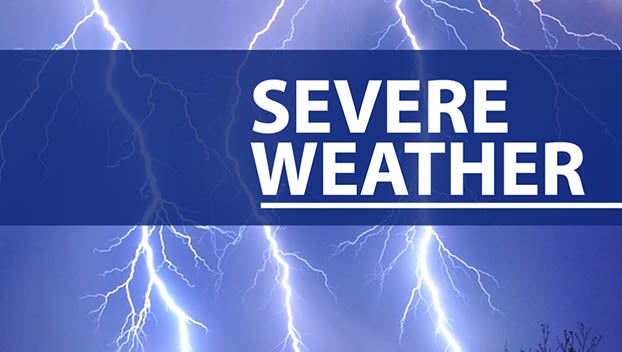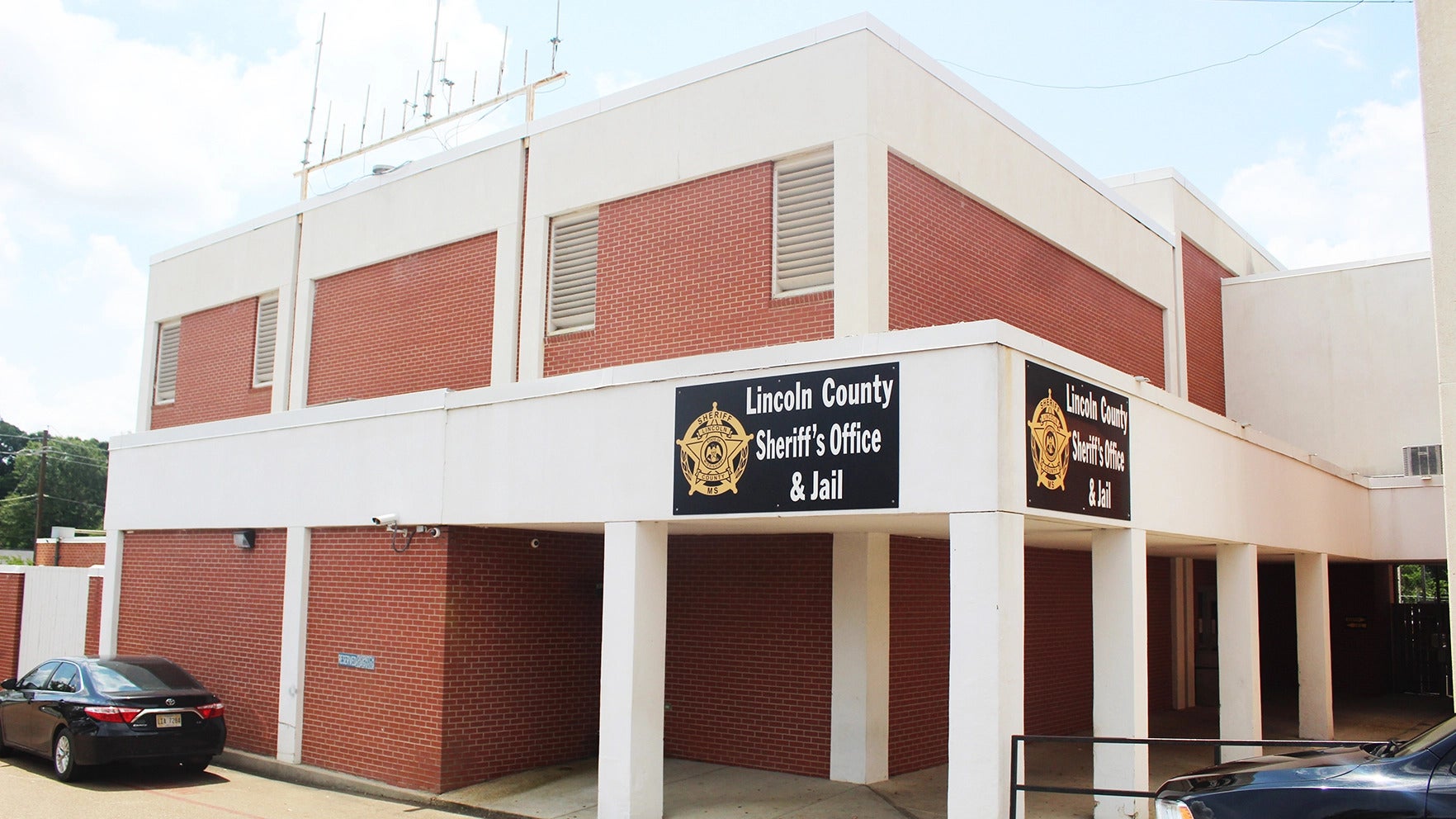Officials: No working weather sirens in county
Published 7:00 pm Friday, December 31, 2010
Lincoln County is roughly 550 square miles. More than 34,000people live here. And for the many severe thunderstorms that spawnin the thick southern heat and cross over Brookhaven, Loyd Star orWest Lincoln, there is but one weather siren to alert themall.
But it doesn’t work. And it’s not really even a weathersiren.
“The warning device we had doesn’t work anymore because of its age.It’s just not reparable,” said Lincoln County Civil DefenseDirector Clifford Galey. “I know it’s been worked on several timesand completely rebuilt twice. There are no parts available for itanymore.”
The old warning device sits atop a crooked wooden pole atBrookhaven Fire Station No. 2 on Willard Street. It was built, asbest Galey can tell, in the 1950s to alert firefighters to thelocation of fires burning in the city, ringing once for Ward One,twice for Ward Two and so on.
It served its purpose in the time before radios, pagers and 911,but now it’s no more than a relic, and unfit for weather warningduty.
“The sound travels probably for less than a half-mile of thecircumference around it,” Galey said. “Back in its day there wasnot a lot of population, not a lot of things to impede the sound ofit getting out there.”
That leaves not a single weather-warning siren in all of LincolnCounty, a fact that has worried citizens and elected leaders foryears. The discussion heats up every time severe weather makes animpact on the area, especially Hurricane Katrina in 2005 or theYazoo City tornado earlier this year.
After Katrina, the city applied for a grant with the FederalEmergency Management Agency that, if awarded, would allow thepurchase of weather sirens to be installed around the city. Asmaller grant for fewer sirens is also active. But both grants havebeen lying dormant for years because of the lack of funds for theexpensive equipment, Galey said.
“Sirens go anywhere from about $30,000 a piece to $60,000 or$70,000 each,” Galey said. “A $30,000 one is just a basic sirenthat goes around in a circle – it only makes one sound and doesn’tdo anything else. They go all the way up to where they’reremote-controlled and you can put out messages through them.”
Either option would be costly with a grant, nearly impossiblewithout one, Galey said.
Manufacturers say the sirens are approved to cover one mile ofcircumference in all directions and their ranges should overlap foreffective coverage. To completely cover Brookhaven would require 18sirens. Using the cheap, single-use sirens, that’s $540,000. Ifcity leaders wanted the advanced units, it would cost from $1.08million to $1.26 million.
That’s just for the city. Options for covering Lincoln County aremore complex.
“If you put one at each school and (Brookhaven Academy), that’sfive. One at all of the 11 (volunteer) firehouses is 16. And allfive county barns makes 21 sirens. And that’s probably not going tocover a third of the county, half at the most,” Galey said.
If 21 sirens only covered one-third of the county, 63 sirens wouldbe necessary to alert all the citizens in the rural area. Thatwould cost $1.89 million for the cheap devices, $3.78 million forthe advanced units. That kind of expense pretty much leaves thecounty out of the discussion.
“When I think weather sirens, I think cities,” said Doug Moak,president of the Lincoln County Board of Supervisors. “I don’t knowhow practical they are for counties. I think that’s part of theprice you have to pay to live in a rural area like most of us doout in the county.”
But loud outdoor weather sirens may not even be the answerBrookhaven and Lincoln County are looking for, Galey said.
“There are better ways, in my opinion, to spend your money. Don’tget me wrong – if you have the money or you can get the grant,that’s a good thing to have out there. But in our technology age,we have weather radios that are very inexpensive,” he said.
Galey recommends that all city and county residents equipthemselves with weather radios, special radios that receive weatheralert broadcasts on the VHF public service band. Those equippedwith such radios can tune into the National Oceanic and AtmosphericAdministration’s Weather Radio All Hazards network, whichbroadcasts weather alerts, as well as warnings and postnotifications for natural, environmental and public safetyevents.
“You can program one that will only alert you when something isgoing to affect Lincoln County,” Galey said. “They’re very reliablenowadays. The National Weather Service does a great job keepingthose towers up and going.”
Desktop and portable weather radios may be purchased at Wal-Martbeginning at $29, with more advanced models selling for higherprices.
Galey also advised users of cell phones and other portable digitaldevices to sign up for text and e-mail weather alerts, which can bedone at several national online sites, like The Weather Channel atwww.weather.com. Signing up to those services allows officialalerts issued by the NWS to be automatically forwarded to a phoneor e-mail inbox, he said.
A similar system is in use at nearby Copiah-Lincoln CommunityCollege. The Wolf Alert system sends out mass text messages tostudents’ cell phones to warn of severe weather and otheremergencies.
“We strictly use it for emergency situations,” said Co-Lin PublicInformation Director Natalie Davis. “The time between the time Isend it and the time received is less than two minutes.”
Copiah County Emergency Management Director Randle Drane provides asimilar service through his cell phone, forwarding NWS alerts hereceives to mayors, firefighters, law enforcement and individualcitizens who request a place on the list. About 175 people are onhis weather contacts list, he said.
“As soon as I get the word, I turn around and forward it to theweather contacts,” Drane said. “It will get the message out withinfive minutes.”
Brookhaven aldermen may pursue a text-based system of their own.Ward Six Alderman David Phillips is planning a work session inearly 2011 to discuss the possibility of installing a textmessaging system that would forward alerts to subscribers.
“I hate to say this, but I think (sirens) are almost oldtechnology. If there’s something better out there, we need toexplore its use,” he said. “We’re all surviving without sirens ortexts, but I think it would add another layer of safety.”
Seemingly the biggest drawback to a text alert system is theelderly, many of whom are not cell phone-users or tech savvy ingeneral. According to recent census results, 14.2 percent ofLincoln County – 4,875 people – are age 65 and up.
“It’s not going to replace sirens,” Drane said of text systems.”Anything we can do to notify the citizens is important.”
Drane’s main weather alert system involves weather sirens aroundthe county. From a computer terminal in his office, he canbroadcast a radio frequency that will activate sirens in Wesson,Georgetown, Gallman and at Co-Lin. The sirens in the $20,000 systemcan also broadcast back to the computer, sending diagnostics thatwill let Drane know if one of the units is not operatingcorrectly.
But not even that system is a cure-all.
“A siren is designed only to notify people who are outside,” Dranesaid. “It is not made to notify someone in a structure. They’re notloud enough unless you have a whole bunch of them real close topenetrate a building.”
With severe weather approaching on New Year’s Eve, Lincoln Countycitizens will face the elements with neither sirens nor textmessage alerts. And with government budgets squeezed tight in therecession, it could be a while before either system is installedlocally.
A weather radio with fresh batteries may be the best answer.
“That would be a one-time expense of $30 or $50 instead of the cityor county doing a bond issue to buy sirens you’d pay for every yearin taxes,” Galey said. “I would truly love to see sirens everywherewe would possible need one. I just don’t know how we could affordto pay for it.”





